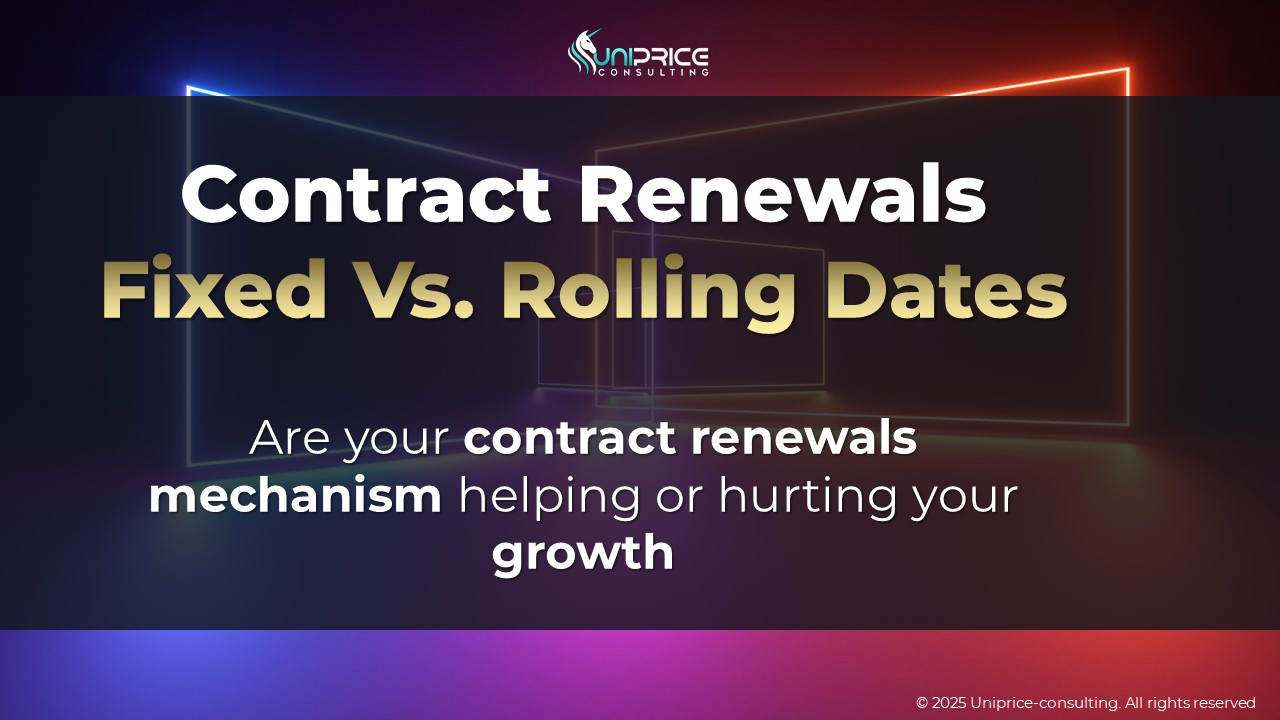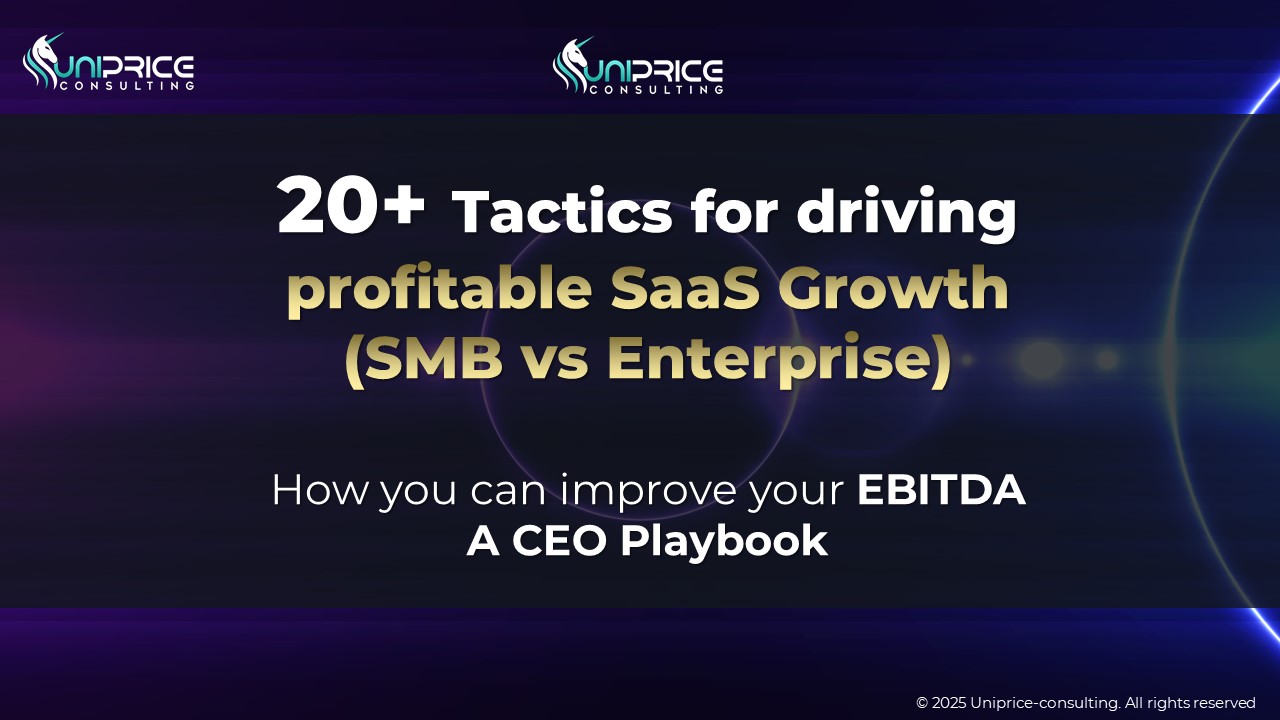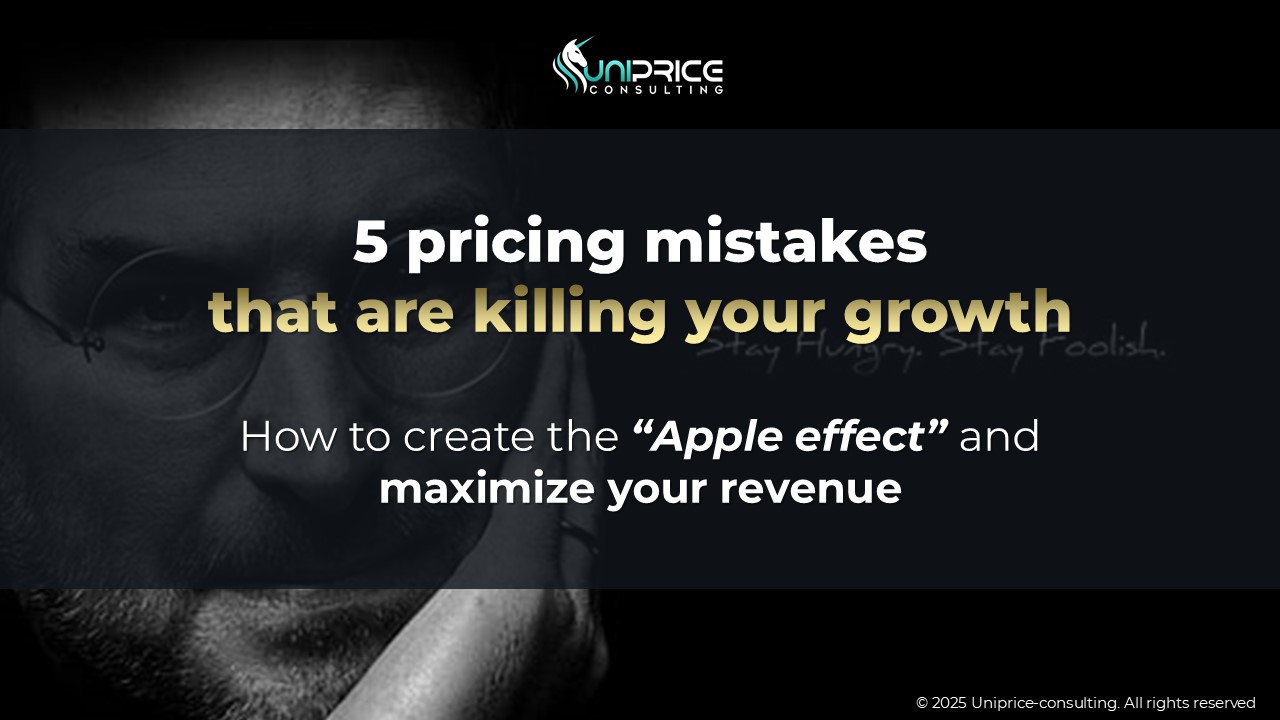In the competitive landscape of enterprise SaaS, the difference between a successful scaling strategy and a margin-crushing mistake often lies in the fine print of your contracts. As someone who has advised numerous SaaS companies on their pricing strategies, I’ve witnessed how seemingly innocent contract clauses can fundamentally undermine a company’s growth potential and pricing power.
Understanding the Stakes
Enterprise customers, particularly large corporations with experienced procurement teams, often negotiate contract terms that appear reasonable on the surface but can severely impact your company’s long-term sustainability. These terms don’t just affect individual deals—they can set dangerous precedents that ripple through your entire customer base.
The Most Dangerous Pricing Traps in Enterprise SaaS Contracts
1. Price Increase Restrictions
One of the most insidious contract terms is the requirement for customer approval on price adjustments. While it might seem like a fair request for predictability, this effectively hands control of your pricing strategy to your customers. This becomes particularly problematic as your product evolves and your costs increase.
Strategic Solution: Instead of fixed prices, implement:
- Automatic annual adjustments tied to specific metrics (CPI, industry indexes)
- Value-based pricing mechanisms that align with customer success metrics
- Clear thresholds for feature additions that warrant price adjustments
2. Feature Bundling Commitments
The “unlimited features forever” trap has become increasingly common, especially in competitive deals. Customers push for access to all future features at their current price point, effectively asking you to give away tomorrow’s innovations at today’s prices.
Strategic Solution: Structure your contracts with:
- Clear differentiation between core and premium features
- Explicit language about which feature categories are included
- Pre-defined criteria for what constitutes a new, separately priced capability
3. Multi-Year Price Freezes
Long-term contracts with fixed pricing can look attractive when focusing on immediate revenue targets. However, these agreements can become highly problematic as your product matures and operating costs rise.
Strategic Solution: Design long-term agreements that include:
- Annual price escalators based on clear metrics
- Usage-based components that scale with value delivered
- Tiered pricing structures that accommodate growth
4. Most Favored Nation/Customer (MFN/MFC) Clauses
These clauses require you to match your lowest prices across all customers. While they might seem fair, they can create a devastating race to the bottom and prevent you from offering strategic discounts when needed.
Strategic Solution: Counter MFN requests with:
- Value-based pricing frameworks that justify different price points
- Clear segmentation strategies that explain pricing variations
- Alternative concessions that don’t impact pricing flexibility
5. Unlimited User Access
Many enterprises push for flat-rate pricing with unlimited users. This can severely undervalue your service and create unsustainable cost structures as usage grows.
Strategic Solution: Implement:
- Tiered user pricing with clear bandwidth limitations
- Usage-based components that scale with adoption
- Value metrics that align price with actual utilization
6. Service Level Agreement (SLA) Penalties
While SLAs are standard, unrealistic penalty clauses can effectively create hidden price reductions and impact your margins significantly.
Strategic Solution: Structure SLAs with:
- Reasonable penalty caps that protect your margins
- Clear definitions of what constitutes a violation
- Balanced remediation periods and resolution processes
Building a Strong Pricing Foundation
The key to avoiding these traps lies in establishing clear pricing governance from the start:
- Define Your Non-Negotiables Identify the pricing terms that are fundamental to your business model and stick to them consistently.
- Create Value-Based Justification Develop clear messaging that explains why your pricing structure is fair and aligned with customer value.
- Train Your Sales Team Ensure your sales organization understands the long-term impact of pricing concessions and can articulate value effectively.
- Document Precedents Keep track of pricing decisions and their rationale to maintain consistency across deals.
The Power of Walking Away
Perhaps the most important pricing strategy is knowing when to walk away from a deal. Not every customer will be a good fit for your pricing model, and that’s acceptable. Protecting your pricing integrity often means having the courage to decline deals that could set dangerous precedents.
Looking Ahead
As the SaaS industry continues to mature, pricing power becomes increasingly critical to success. The companies that thrive will be those that maintain pricing discipline while delivering clear value to their customers.
Remember: Your pricing strategy is not just about today’s revenue—it’s about building a sustainable business that can continue to innovate and deliver value for years to come.
Lyas Driad
CEO








